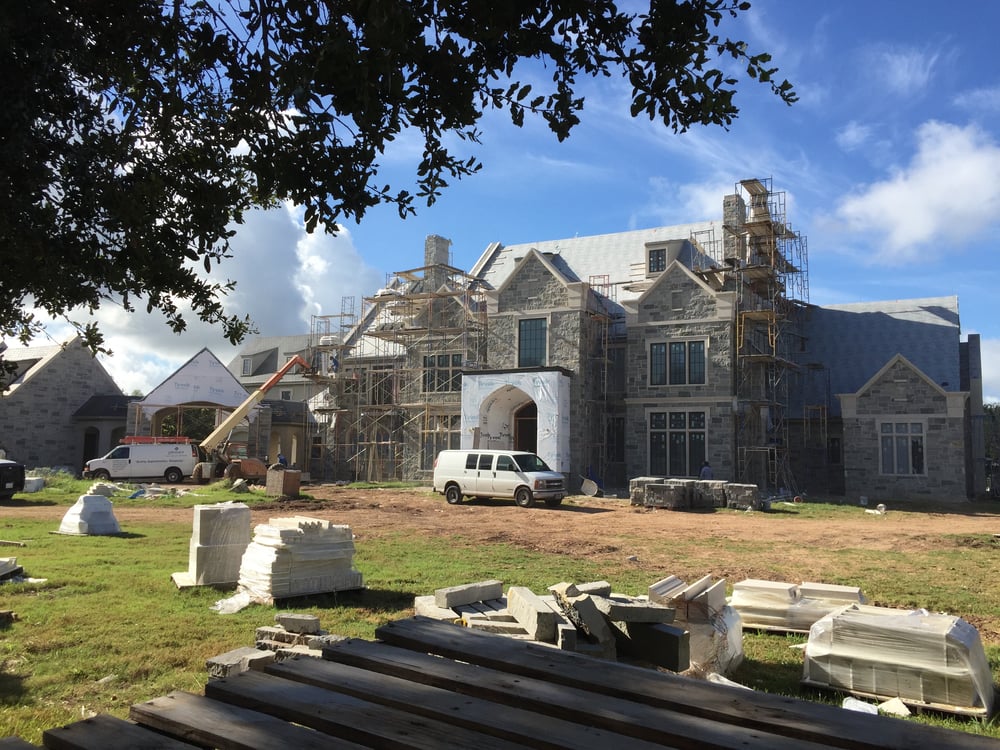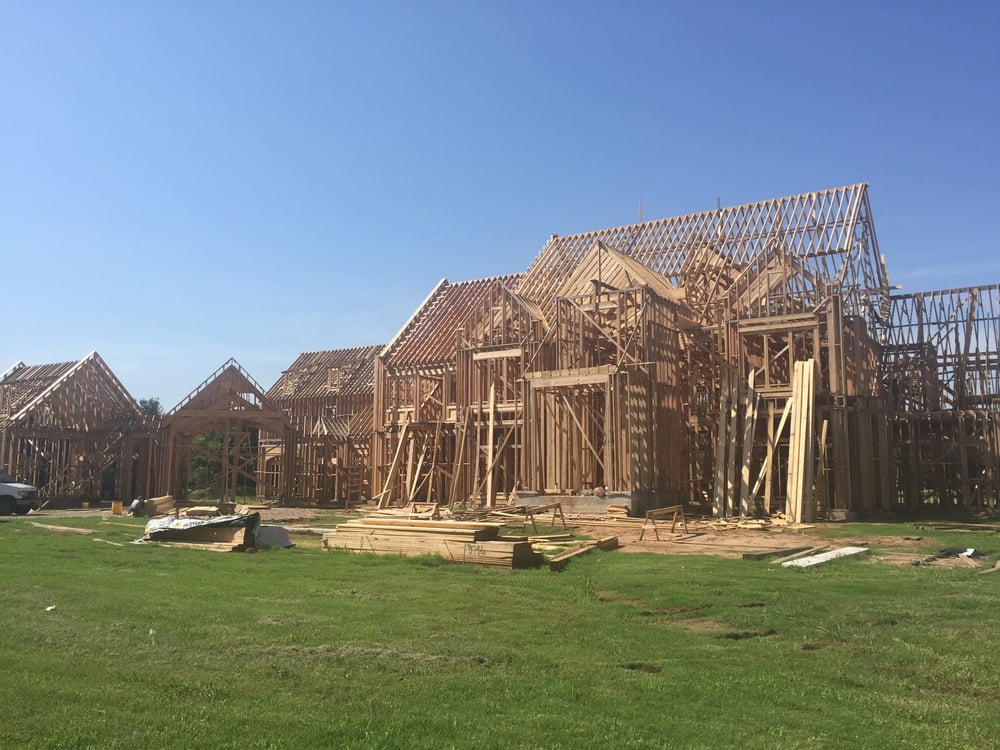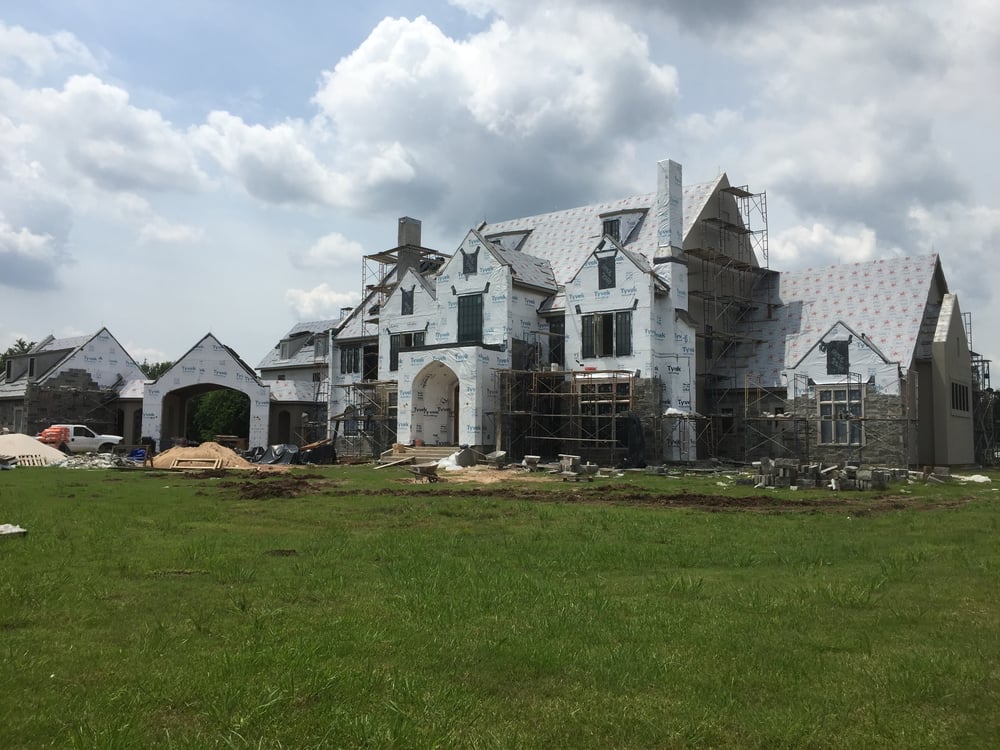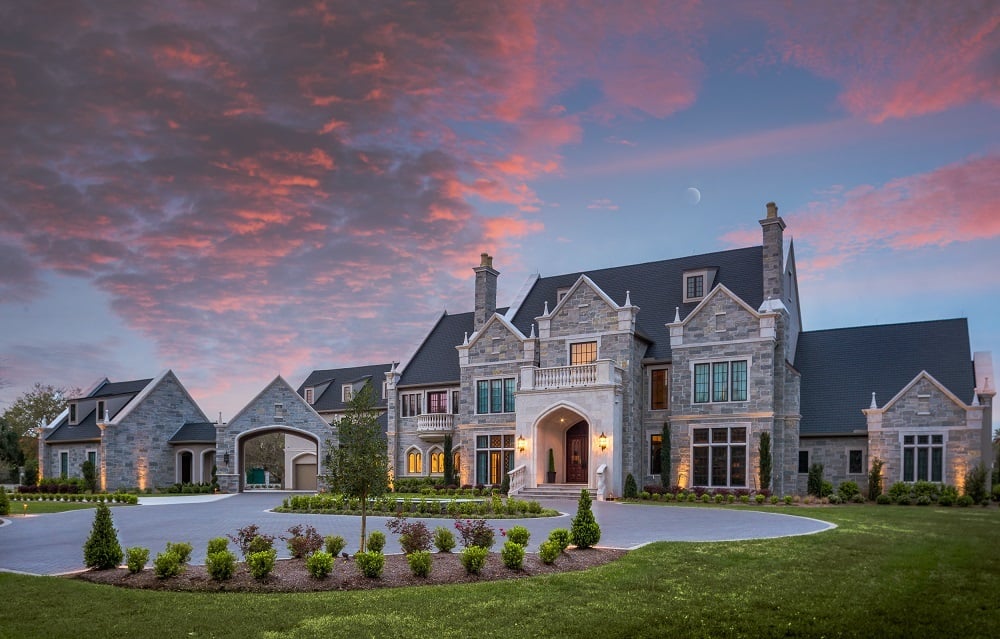 In our three decades of custom homebuilding, we’ve encountered just about every question a prospective homeowner might think to ask. If we had to choose the most common question of them all, this would have to be it: how long is this going to take? Just like the other most common question in custom homebuilding (how much is this going to cost?) the only quick reply is “that depends.”
In our three decades of custom homebuilding, we’ve encountered just about every question a prospective homeowner might think to ask. If we had to choose the most common question of them all, this would have to be it: how long is this going to take? Just like the other most common question in custom homebuilding (how much is this going to cost?) the only quick reply is “that depends.”
I wish there was an easier answer, but there are so many factors that go into creating a timeline for a custom home project, and every build is unique. While we can’t offer a one-size-fits-all answer in a blog post, we can give you some general guidelines and walk you through some of the variables that can affect how long a custom home build project is likely to take. We can also offer a bit of advice about how to avoid some common pitfalls and keep your project on track.
How Long Does a Custom Home Usually Take to Build?
A general rule of thumb is 10 months to 2 years, for construction of a true custom home. It might be possible to complete a semi-custom home project in 6-8 months (with a great team and good luck) but for a fully customized home, it’s safe to assume that the build will require at least 10 months.
The size and complexity of your home design will also affect how long the total project will require to complete: a 5,000 square foot bungalow will have a different timeline than a 30,000 square foot estate. While a good builder can scale up the workforce to help a larger project move forward at a good pace, grand designs with complex details just require more time to properly execute. At the end of the day, it’s important to know that investing the time upfront to get things right on the first go always ends up saving time and money in the long run. Cutting corners for speed is never a good option.
Keep in mind that the time frame we’re sharing here (10 months to 2 years) is for the construction of the home itself. The architectural design and pre-construction phases prior to construction generally take a combined 3 to 9 months before breaking ground. These time estimates also depend on the size and complexity of your home design, as well as the architect’s current workload, your city’s permit process, and your chosen builder’s efficiency and expertise.

What Factors Can Increase the Time to Move In?
There are many different factors that can throw a project off schedule. Some of these factors can be minimized or avoided with smart project management and a reliable, adaptable workforce. Some are just a matter of fate, but even when you’re dealing with an act of God, the people you have on the project can make a huge difference in how long a delay lasts and how quickly you can get your project back on schedule.
Weather
There are a lot of things that we can control on a building site, but the weather, unfortunately, isn’t one of them. An experienced builder will know to factor in some margin for adverse weather so that a mild delay doesn’t wreck the whole timeline, but when Mother Nature throws a real tantrum, even the most dedicated work crew sometimes has to stand down and adjust course.
- Temperature shifts: We’re pretty lucky in Houston that we don’t have to cope with this one very often. In other parts of the country, extreme temperature changes can affect how a project progresses. Temperatures below freezing can cause problems with concrete hardening or paint drying. On the other side of the scale, sustained high temperatures over 100 degrees can also cause issues. Aside from the possible structural issues, neither is great for working crews.
- Too much precipitation: This one is something that we do have to deal with on a regular basis in the Houston area. Precipitation, whether we’re talking about rain, sleet, or snow, can have a big impact on a project, especially during the initial construction phase. High precipitation levels can delay site work (too much mud can make a big mess of a bulldozing project) and can delay the foundation pour (adding extra water to concrete is a no-go). They can even delay framing to some extent. However, once a home is dried in, precipitation should not have a huge effect on the duration of your build. Working in the rain is part of the job.
Not having the appropriate permits:
Bureaucracy is an unavoidable fact of life in any construction project. There are forms to be filled out, and everything needs to be crossed and dotted and signed (often in triplicate!). A missing permit or delayed inspection can shut down a project and cause huge frustration. The good news: this problem is easily avoidable if you have an organized builder with strong internal systems and processes for handling permits, inspections, HOA approvals and all the other paperwork that comes with a custom home build.

What Can Homeowners Do to Help a Project Move Faster?
Custom homebuilding should be a truly collaborative process. As the homeowner, you are an indispensable part of the team, and you have more influence on the project’s timeline than you might know. While you might not be on site every day, there are plenty of ways that you can help keep your construction duration as short as possible.
Choose the right builder
It’s really the most important decision you will make, with the single biggest impact on how long the construction duration will be. What happens back at the office can be as important as anything that happens on the site, so every part of how your builder runs their business counts.
- Choose a builder with clear, organized, and proven tracking systems for the project’s schedule and budget, for soliciting selections and ordering materials, and for communicating with all parts of the team, which includes the architect, subcontractors and vendors, the interior designer, and you, the client.
- Make sure your builder has a strong network of quality, reliable subcontractors. One bad sub can end up causing huge delays for everybody else, creating a domino effect and throwing a project (and its schedule) into disarray.
Hire an Interior Designer
Even if you have an impeccable design eye, don’t go at it alone. A great interior designer does so much more than picking out tile samples or paint colors. You can be as collaborative or hands-off as you like, but there are hundreds of design decisions, large and small, that must be made during a custom homebuilding process. The timeliness of those decisions can make or break a schedule. You need someone to keep things moving. An experienced and organized interior designer who will ensure that you can stay ahead of the builder’s selection schedule is worth their weight in gold.
Leave wiggle room in the budget
A custom home build is a fluid project. While the right builder will provide you with accurate budget projections at the beginning of the project, unexpected expenses can crop up. Whether you fall in love with a particular finish or run into an unanticipated complication, knowing that you have a buffer will help smooth everything out. You can absorb the cost and move on without having to stop and make last-minute changes to compensate.
Understand the lead time of certain products and materials
This point goes back to the importance of an organized builder and interior designer, and to how crucial it is to be as decisive as possible when making your selections. Some items (such as windows, doors, and anything custom-designed) may require weeks of lead time. Waiting around for a missing item to arrive before the project can advance is a common but avoidable cause of construction delays. Try to make your selections and have your builder and subcontractors order supplies as soon as possible.
Be sure your builder schedules regular site walks and visits with you
Not only does this help you make sure that everything is running according to the timeline, but it also means that you have the opportunity to see any necessary changes or adjustments as soon as possible. This can help avoid the need to repeat work.
Stick to the original design as much as you can
We highly recommend working with your architect and builder together from an early stage, so that you know you have a design and layout that you love and that is buildable. Getting this fine-tuned from the beginning is so important, because the worst time to change a design is in the middle of a project. We are realists: sometimes changes need to be made late in the game when a homeowner realizes they want or need something that varies from the original plan. But indecision costs you time (and money), as change orders can quickly derail a schedule.
In a uniquely complex project like a custom home build, things can and do go wrong, and the potential for construction delays is real. The important question is whether your team has the expertise to anticipate and mitigate issues before they cause delays. An experienced and trustworthy builder will be able to help you navigate anything that the construction process can throw at you. Strong organization, smart planning, and clear, timely communication are the keys to a successful project. If you’re thinking about building a custom home and want to learn more about what’s involved and how construction timelines are calculated, please reach out to our team today. We are here to help and would love to talk to you about any ideas or questions you might have.






COMMENT ON THIS ARTICLE